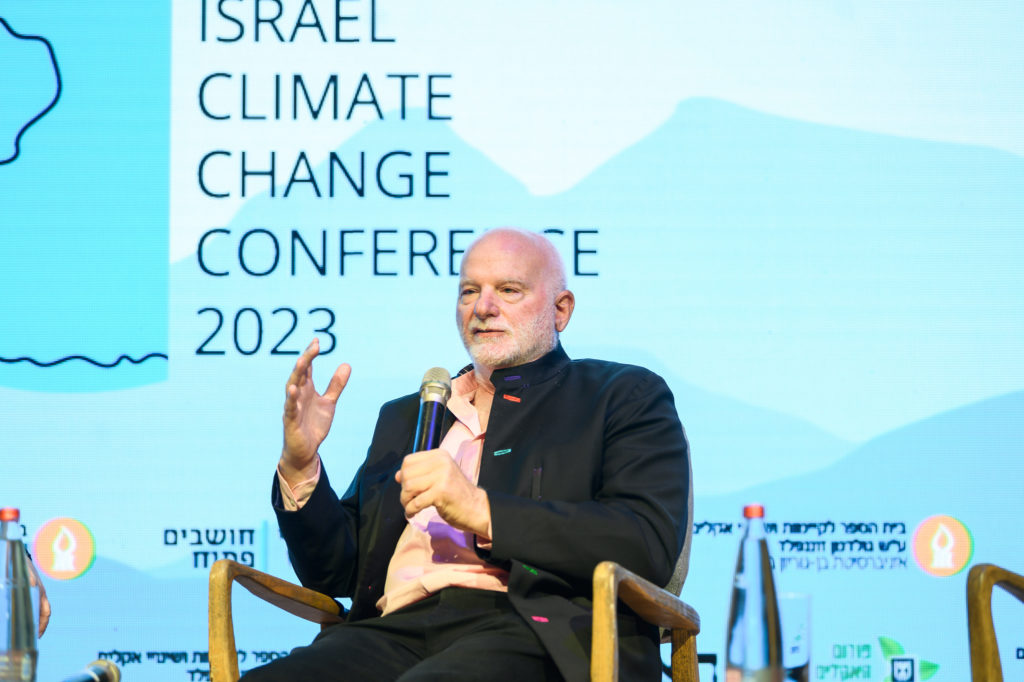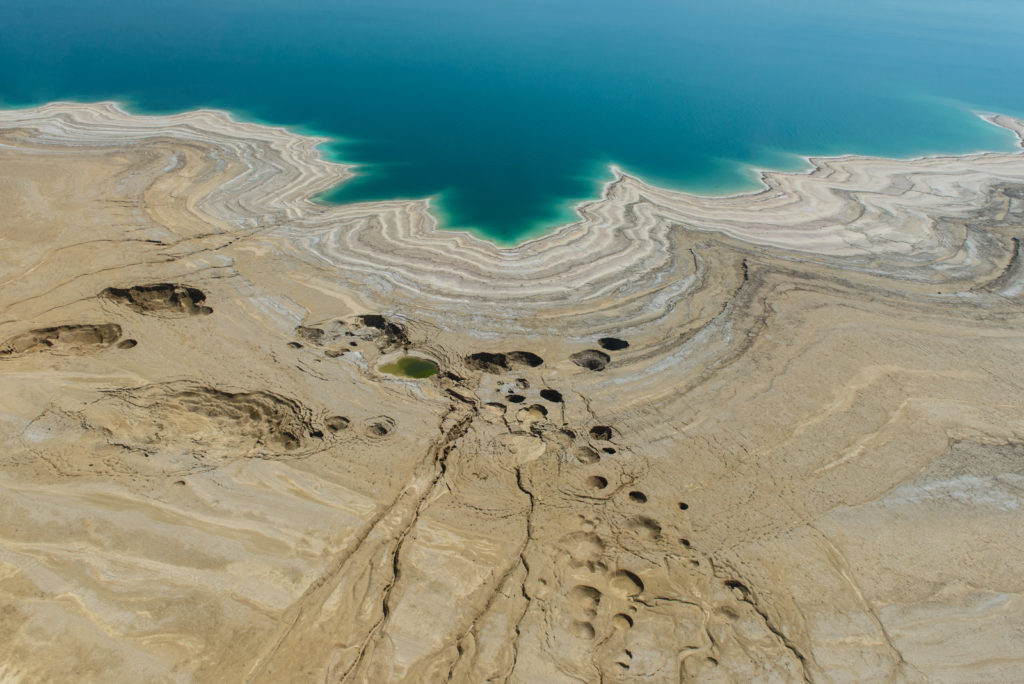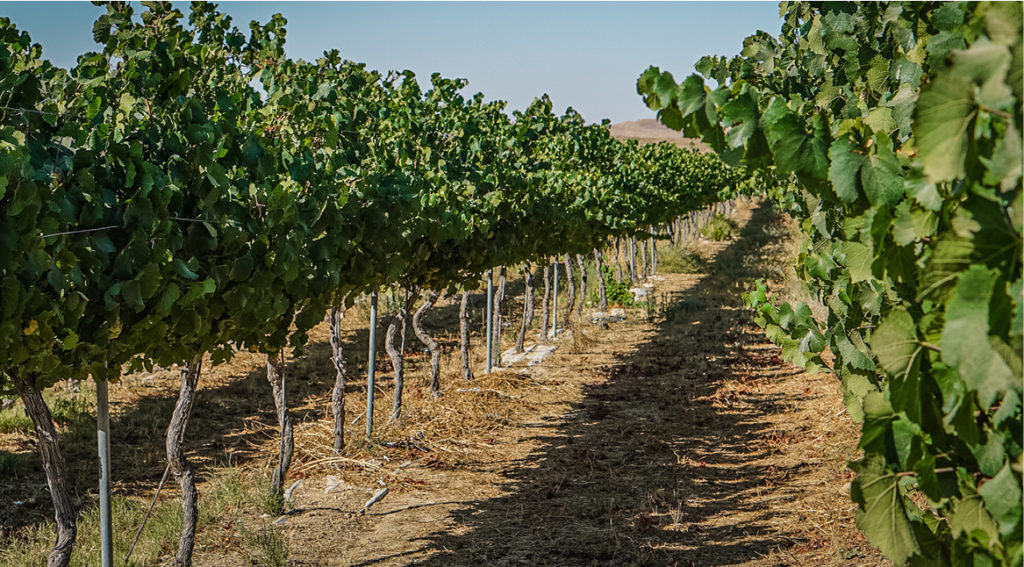
Krypton Reveals Ancient Water Beneath the Negev
Krypton Reveals Ancient Water Beneath the Negev
July 30, 2019
UChicago News – The Negev desert, which covers more than half of Israel’s land mass, is so dry that parts of it get less than three inches of water a year. But beneath it is water that sustains the people and agriculture of the region. Understanding where it came from, how much is there, and what’s happening to it is critical to the security and allocation of that crucial resource.
BGU researchers, including Prof. Eilon Adar and Dr. Yossi Yechieli, of the Department of Environmental Hydrology and Microbiology; Roi Ram at the Zuckerberg Institute for Water Research; and hydrologist Dr. Naama Avrahamov are collaborating with the University of Chicago and the affiliated Argonne National Laboratory to better understand the Nubian Sandstone Aquifer system, which lies beneath a large portion of the Negev and other parts of Israel.
Their new study, published in the Proceedings of the National Academy of Science, marks the first time that scientists have been able to use groundwater to build a picture of the water of ancient climates dating back that far.
By combining Argonne’s pioneering radio-krypton dating technique with other isotopic signatures of the water’s composition, the researchers are not only able to tell when that water was deposited, but where it came from and the climate conditions that produced it up to nearly 400,000 years ago.
To date, getting reliable precipitation data from the past has proven difficult, as is predicting regional changes for climate models in the present. The combination of isotope tools used by the team may be part of the answer to resolving both.
“Clean water is vital for sustaining life, and we need to be able to predict future water availability as global warming advances—which depends on understanding water distribution during past warmer and colder periods,” said Prof. Reika Yokochi, of the Department of Geophysical Sciences at the University of Chicago. “This project shows us these tools could be really transformative—tracing water movement much further than we’ve previously been able to.”
As the tools continue to deliver a more reliable picture of past climate events, like the regional water cycles of the Negev, the researchers believe that this data can serve to calibrate present-day models of similar climate phenomena.




